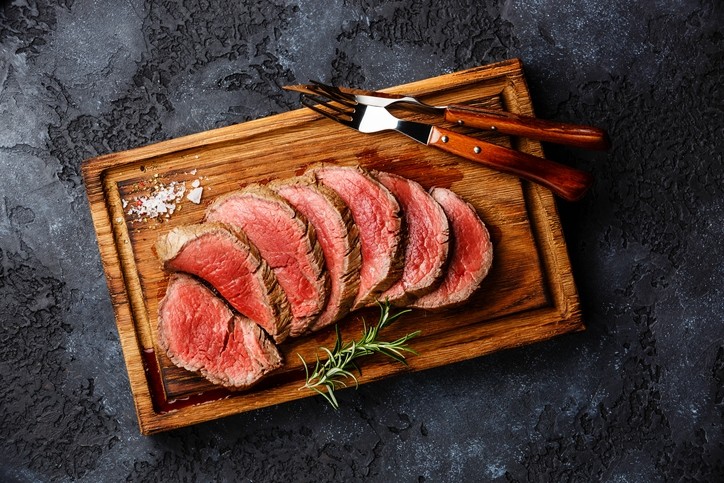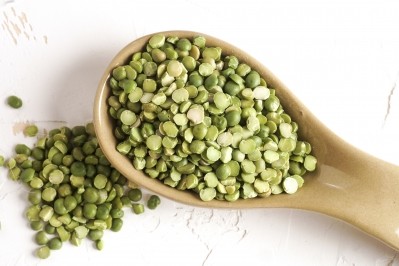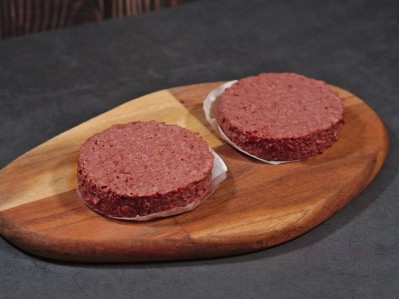Argentinian cultured meat supplier on its 'all-in-one' cell line: 'We offer cells that can grow fast and reduce costs'

Rather than developing a consumer-facing prototype, Cell Farm Food will supply the raw material to cultured meat companies and sell the stem cell lines through a royalty model.
The company has already taken part in several incubator and accelerator programs with Pro Veg (Berlin), Brinc (Hong Kong) and Grid Exponential (Buenos Aires) and will open a seed round to raise further funds in the coming months.
Cell Farm Food Tech, which counts a team of four women and has a presence in Buenos Aires, London, and Hong Kong, takes biopsies from Hereford and
Angus beef that form the main gene pool of Argentinian cattle and isolates the mesenchymal stem cells.
“With these specific cells we can have an ‘all-in-one’ cell line since they can differentiate into the main tissues present in the meat: muscle, adipocyte, bone, and cartilage,” said Sofia Giampaoli, CEO and founder of the company. “Mesenchymal stem cells seem promising for scaling up cultured meat because they are, in simple terms, easy to grow. However, we are also working with induced pluripotent stem cells (iPS).
“We are tackling a major opportunity the cultured meat industry has by offering immortalized lines that can grow faster and reduce manufacturing costs by using less cultured media.”
Cell Farm Food Tech is also working on a method it says will allow the cells to grow between two and three times faster than the standard procedure but is not ready to disclose details yet.
It anticipates being able to offer stem cell lines to cultured meat companies within a matter of months, rather than years, so they can begin developing their own consumer-facing products,
Leveraging Argentina’s beefy reputation
Argentina’s reputation as a premium beef producer and, vven if increasing numbers are fattened in feedlots before being slaughtered - an estimated 40% in 2012 - the image of gauchos herding grass-fed cattle on the pampa is a selling point, particularly for consumers in countries like China.
“Our idea is to leverage the country’s brand traditional meat production and its high-quality standards and to [expand] that to cultured meat,” said Giampaoli, who is a chemical engineer by training and previously worked at PepsiCo.
Initial demand will come from international markets such as China, Europe, and the US, rather than within Latin America.
“Latin Americans are not early adopters in terms of food. We are very traditional and the reality is we have high-quality meat in Argentina.
“I am working so that Latin America’s politicians can see, as China’s already did, the huge potential this technology has,” she added. “Latin America has to see cell ag technology as an opportunity and not a threat to the traditional industries.”
Giampaoli intends to keep Cell Farm Food Tech’s R&D and production in Argentina - as long as it remains advantageous for the company. Although the country offers many benefits such as low operating costs, Argentina’s notoriously volatile economy and complex red tape could force the company to relocate, she said.
Plant-based scaffolds
Due to the extremely high costs of producing cultured meat at the minute, the products that will be available in the next three to four years are in fact cultured cells on a plant-based ‘scaffold’, Giampaoli said.
Giuseppe Scionti is CEO and co-founder of plant-based startup NovaMeat, which provides this scaffolding technology required by cultured meat start-ups. It is working on developing a plant-based scaffold that is functional in terms of its texture, taste, appearance and nutritional properties.
The plant-based scaffold provides a preliminary skeleton structure for the cells to live in, explained Scionti, who sits on Cell Farm Food Tech’s board of advisors.
“Normally, you don't just grow the cells on a petri dish, instead you seed them or grow them within a scaffold, also called biomaterial or extracellular matrix,” he told us.
“Cell-based meat needs more than just the cells from the biopsies: in the last 30 years of tissue engineering, the most common strategy is to combine the cells with the scaffold and the signaling molecules, or growth factors, such as the cell-growth media and serum.”












